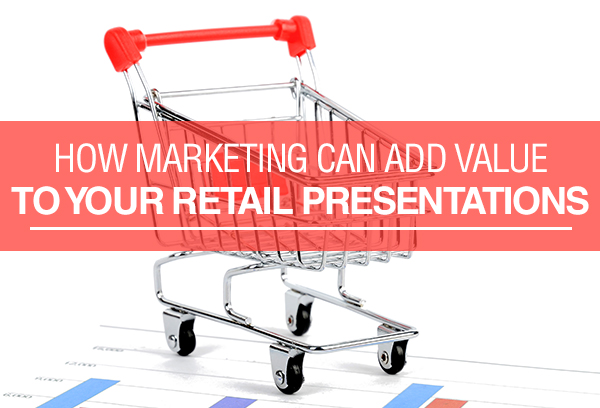 Many of you have been in the proverbial hot seat sitting across a retailer’s desk discussing category and brand performance, crop projections, contracts and new product development – all things that matter for the growth of your business and the strength of your retail relationships. But with the ability to reach vast audiences online, you have an opportunity to offer more – more in terms of information about shopper preferences and drivers as well as the evidence of your commitment to engage and educate consumers about your products. This kind of digital marketing requires a different set of disciplines than traditional marketing, and while this can be very complex to manage, it also provides tremendous opportunity for fresh produce companies. This new set of disciplines is commonly referred to as inbound Marketing.
Many of you have been in the proverbial hot seat sitting across a retailer’s desk discussing category and brand performance, crop projections, contracts and new product development – all things that matter for the growth of your business and the strength of your retail relationships. But with the ability to reach vast audiences online, you have an opportunity to offer more – more in terms of information about shopper preferences and drivers as well as the evidence of your commitment to engage and educate consumers about your products. This kind of digital marketing requires a different set of disciplines than traditional marketing, and while this can be very complex to manage, it also provides tremendous opportunity for fresh produce companies. This new set of disciplines is commonly referred to as inbound Marketing.
The beauty of inbound marketing is the mutually beneficial exchange between your brand and consumers. Shoppers are seeking information online…to the tune of 2,802,478,934 internet users per day[1], and by implementing the inbound marketing practice, you are available with product information and recipe inspiration that meets their needs. On the flip side, you (and your retail partners) are no longer relegated to POS data or shopper data. With a strategic digital presence and inbound marketing methods, you can gather psychographic data to help you understand trends, meet demand, innovate in the right areas and delight consumers. The Inbound exchange truly meets the needs of all three parties, but it’s your job to think strategically about what data your retailer would appreciate you gathering and then present it to them in a useful way.
Here is a quick example of how this can work. Let’s say you’ve been tracking page visits on your website and you’ve learned that your dessert recipes are getting the most page visits. In response to this interest, you develop a free recipe eBook featuring 5 new dessert recipes that visitors can access by completing a short form.
The answers to these form questions then become opportunities for you to improve the consumers experience at the store level and consequently improve sales. Let’s look at some hypothetical response rates and how to use them in your presentation to a retailer:
Result: 68% of our database would like more recipe inspiration at the point of purchase.
Strategy: We are launching an update to our entire clamshell line with a new multi-layer label that highlights a 30 minute recipe on the front and provides the full instructions on the inside.
Result: 52% of our database does not believe fresh produce is a cost effective alternative to other snacking options
Strategy: Next month we are launching a 4 month social media campaign to highlight the cost effectiveness of our fruit and vegetable snack packs as compared to several snack pack items found in the grocery aisle. Our current reach is 250,000 consumers/mo. and we anticipate that our investment in geo-targeted advertising dollars will result in over 5,000,000 impressions over the course of the campaign.
Result: 74% of our database would try a new fruit or vegetable if they could learn about flavor and use before purchasing. This correlates to the lower sales we are seeing in our newer snacking varieties.
Strategy: We have developed a series of point-of-sales materials focused on highlighting flavor, texture and usage suggestions to help consumers feel more informed and comfortable about trying new items.
Not only does this information help your team identify specific marketing opportunities, but you’ve now presented quantitative reasoning for why your retail partner should pay attention to your efforts. You have done your homework, and you are directly addressing the needs of the consumer – and by default addressing their needs as well.
[1] http://www.internetworldstats.com/stats.htm
{{cta(‘3de60b2b-1bb3-4585-b10b-c5a1f259a5f1’)}}











